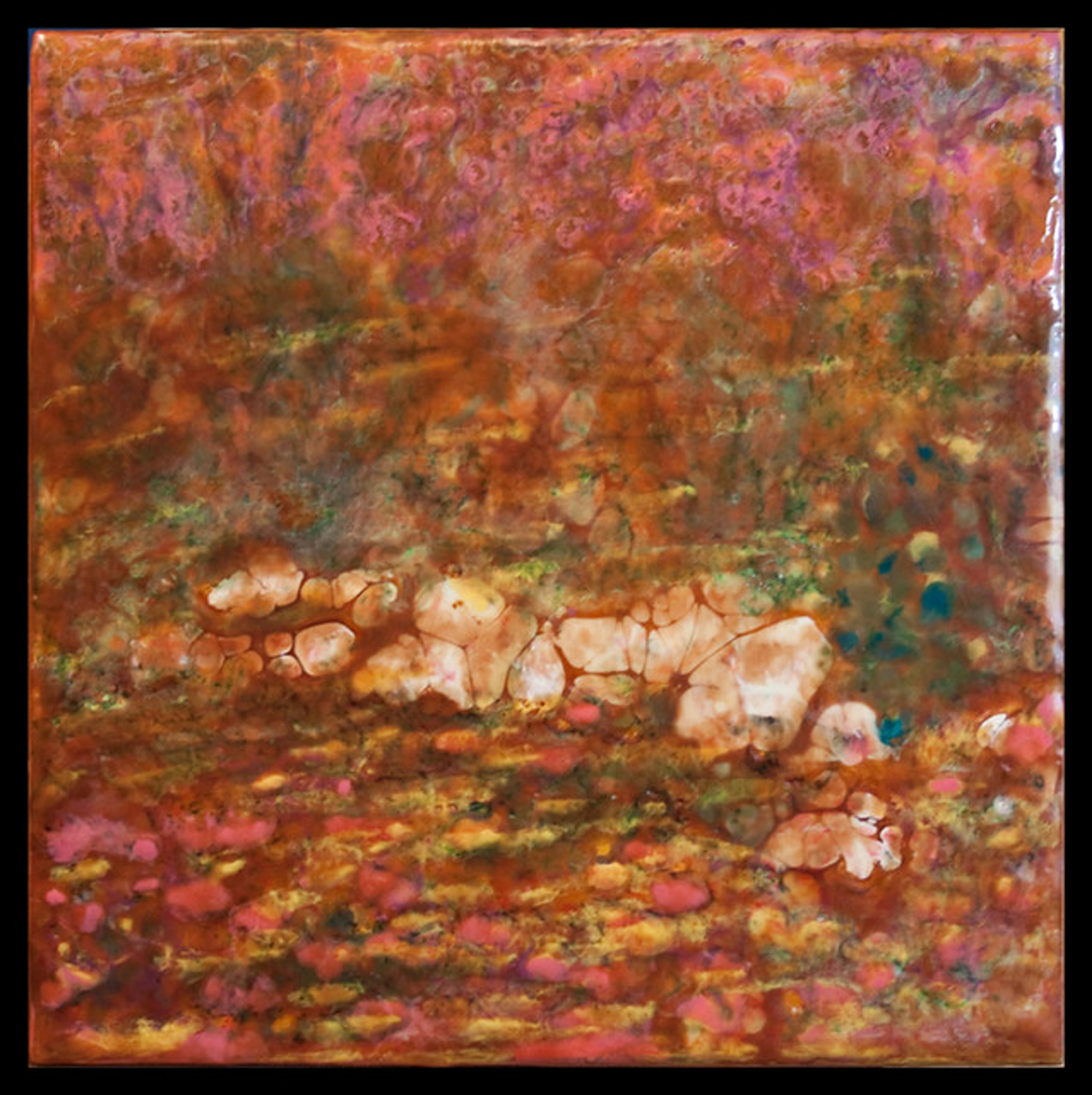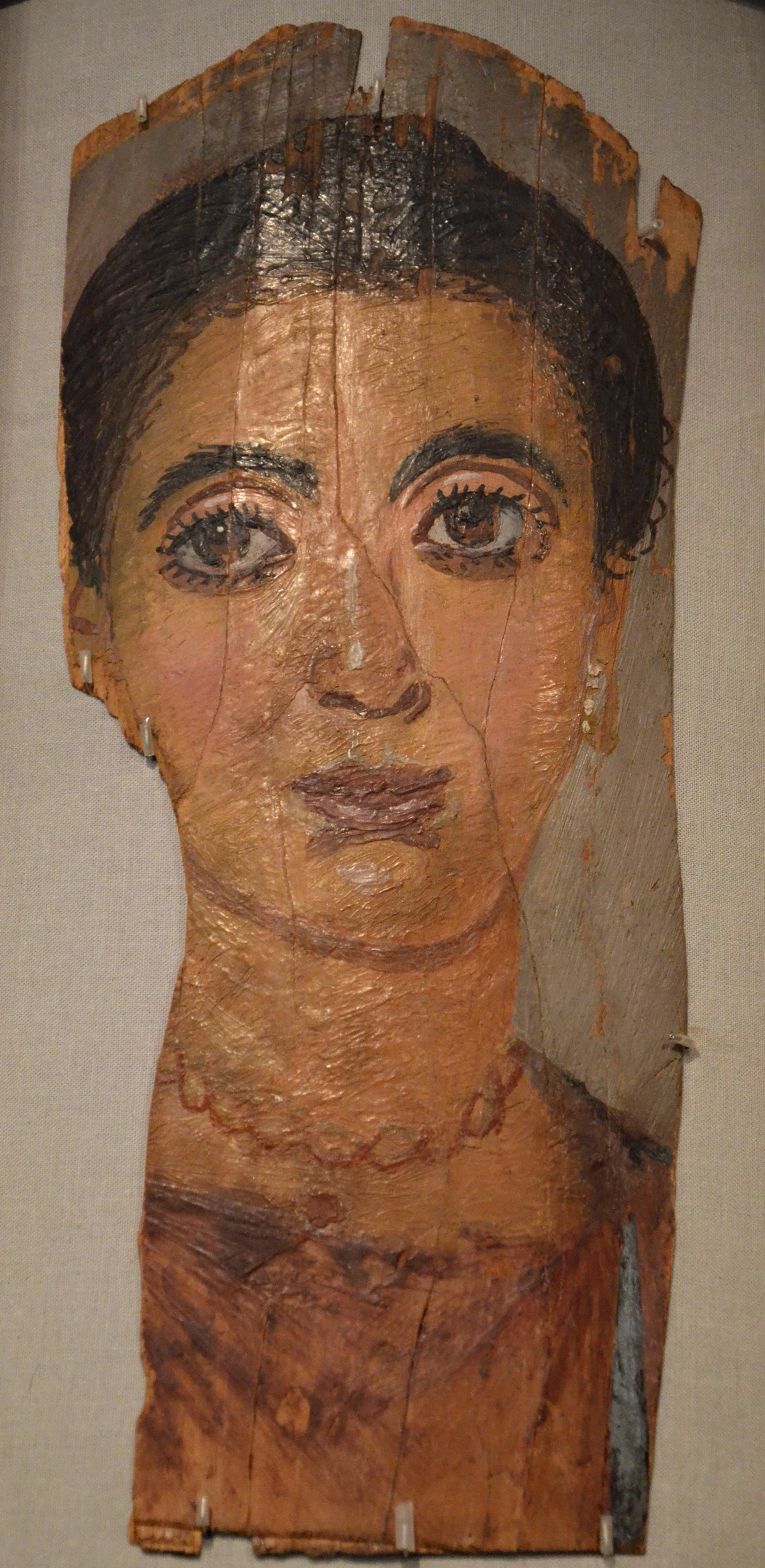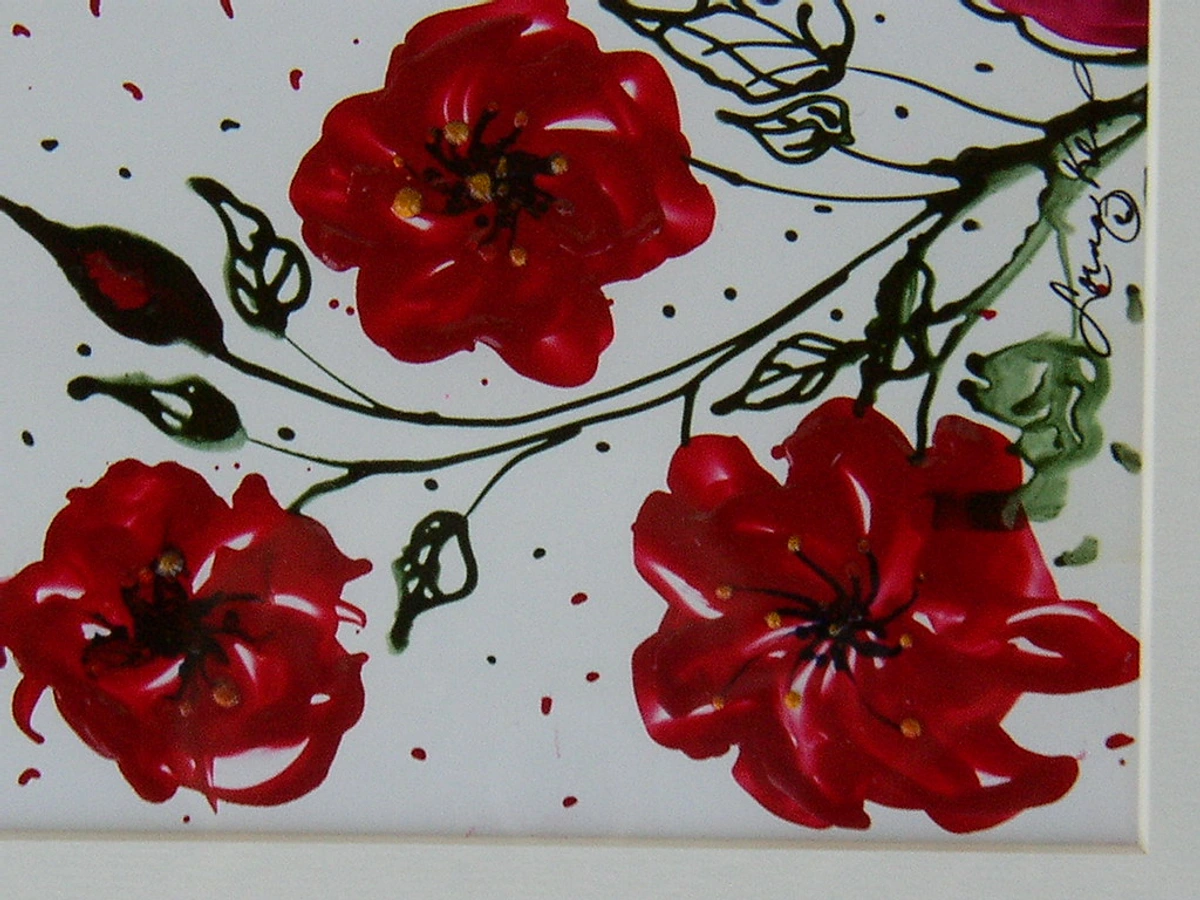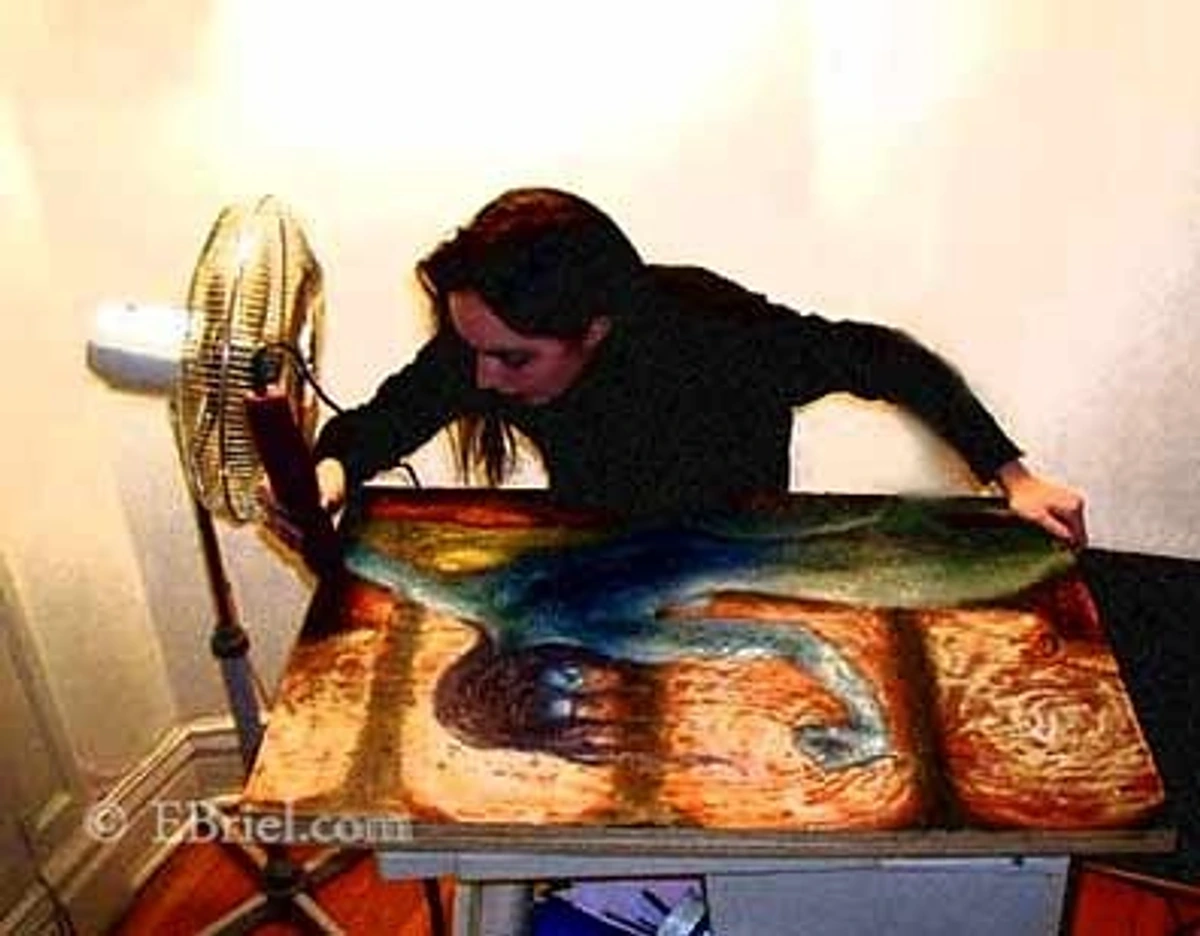
My Encaustic Wax Journey: Ancient Mediums in Abstract Art
Join me on a personal exploration of encaustic wax painting. Discover how this ancient technique, blending heat and pigmented wax, informs my contemporary abstract art practice and creates luminous, layered works.
Title
You know, sometimes I stumble into things purely by accident, and those are often the discoveries that stick. My journey with encaustic wax is precisely one of those happy accidents. For years, I was focused on acrylics, on canvases that felt familiar, safe even. But there was this persistent whisper in the back of my mind, a craving for something more tactile, more... ancient, I suppose. It felt like I was searching for a missing piece in my artistic timeline.
What Exactly is Encaustic?
So, what is encaustic, you might ask? Well, imagine painting with molten beeswax, mixed with pigment. Sounds a bit wild, right? It's painting with heat, essentially. The word itself comes from Greek, meaning "to burn in." And believe me, there's a lot of burning and heating involved! This isn't some fleeting trend; we're talking about a medium with a pedigree stretching back millennia. Seriously, the ancient Egyptians used it for those incredibly vivid mummy portraits. If you're curious about the deep dive into its origins, I've actually written about the history of encaustic painting before. It's fascinating.

The Allure of Wax and Heat
What drew me in, initially, was the sheer physicality of it. There's nothing quite like working with something that shifts from solid to liquid and back again right before your eyes. The studio smells faintly of honey, which is a bonus, but the real magic is in the texture. Oh, the texture! You can build up layers, carve into them, fuse them with a heat gun or torch. It's almost sculptural. It felt like a natural extension of exploring texture in my other works. Each layer adds a semi-transparent veil, creating a depth that's just… enchanting.
Of course, it’s not all sunshine and honey scents. Working with heat requires a different kind of focus. You have to be quick; the wax cools fast. And sometimes, you melt a perfect section you just loved a little too much. It's a dance between control and letting go, a constant negotiation with the material. But I've learned that embracing these "happy accidents" can lead to incredible breakthroughs, a lesson I've also learned in the power of imperfection.

My Encaustic Process: Layers of Intuition
When I start an encaustic piece, it’s often with a vague idea, a feeling, or a particular color palette calling to me. Much like my approach to starting an abstract painting, intuition is my primary guide. I apply thin layers of pigmented wax, fusing each one to the last. Sometimes I add collage elements between the layers, embedding papers or threads, creating hidden narratives that only reveal themselves upon closer inspection. This layered approach is something I deeply explore in building depth and narrative in mixed media.
There’s a meditative quality to the process. The rhythmic application of wax, the hum of the heat gun, the smell – it all draws me into a state of deep creative flow. It’s not about rendering a perfect image; it’s about allowing the material to speak, to guide my hand. I find myself lost in the subtle shifts of light as the wax builds, each stroke adding to the luminescence.

A Medium for Abstract Expression
Honestly, I can't imagine a better medium for abstract art. The fluidity of the wax, the way colors blend and resist, the ability to build up and then scrape away – it’s all perfect for expressing emotion without direct representation. For me, translating emotion into abstract art is the core of my practice, and encaustic offers an unparalleled vocabulary. It allows me to create dreamlike landscapes, swirling internal narratives, and vibrant bursts of feeling that feel deeply rooted yet entirely ethereal.
The luminous quality, especially, sets it apart. The light catches the multiple layers of wax, creating a glow that seems to come from within the painting itself. It's not just a surface; it's a world you can almost step into. This kind of depth and luminosity is why I paint abstract in the first place—to invite viewers into a space of contemplation and personal interpretation.

Frequently Asked Questions about Encaustic Wax
Perhaps you’re considering dabbling yourself, or just curious about the nitty-gritty. Here are a few questions I often get asked:
Q: Is encaustic painting difficult to learn? A: Like any medium, it has its learning curve. The biggest challenge is getting comfortable with the heat and the speed at which the wax cools. But with a few basic tools and some patience, it's incredibly rewarding. I'd say the freedom it offers outweighs the initial fumbling.
Q: What kind of surfaces can you paint on with encaustic? A: You need a rigid, absorbent surface. Wood panels are most common because they can withstand the heat and provide a stable base for the wax layers. Canvas is too flexible and can cause the wax to crack.
Q: Are encaustic paintings durable? A: Absolutely! Given their ancient origins, they're surprisingly robust. Once cured, wax is incredibly stable. Just keep them out of direct sunlight or extreme heat (like inside a hot car), as the wax can soften. They actually gain hardness over time, and don't need to be varnished or placed under glass, which enhances their tactile appeal.
My Connection to the Ancient and the Modern
There's something deeply satisfying about working with a medium that connects me to artists thousands of years ago, yet allows me to create something utterly contemporary and abstract. It's a bridge across time, a conversation with history, but with my own voice. Each piece feels like a fragment of eternity, infused with the warmth and vibrancy of life. If you're interested in seeing some of these pieces, you can always browse my art for sale or visit my museum in s'Hertogenbosch if you're ever in the Netherlands.
This journey with encaustic has truly enriched my artistic practice, pushing me to think differently about color, texture, and light. It's a reminder that sometimes, the oldest paths lead to the newest discoveries. And sometimes, those discoveries are molten, luminous, and smell vaguely of honey.




